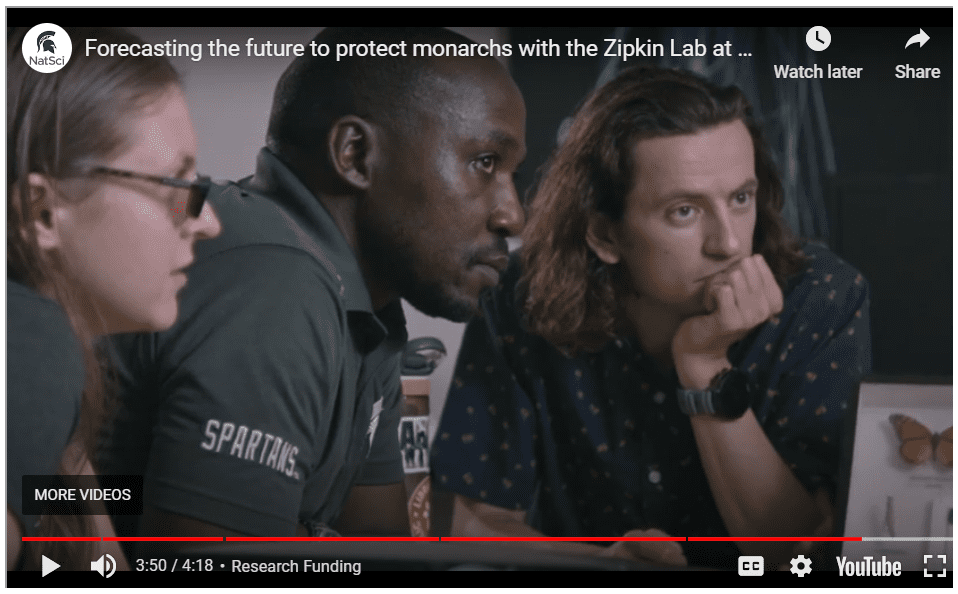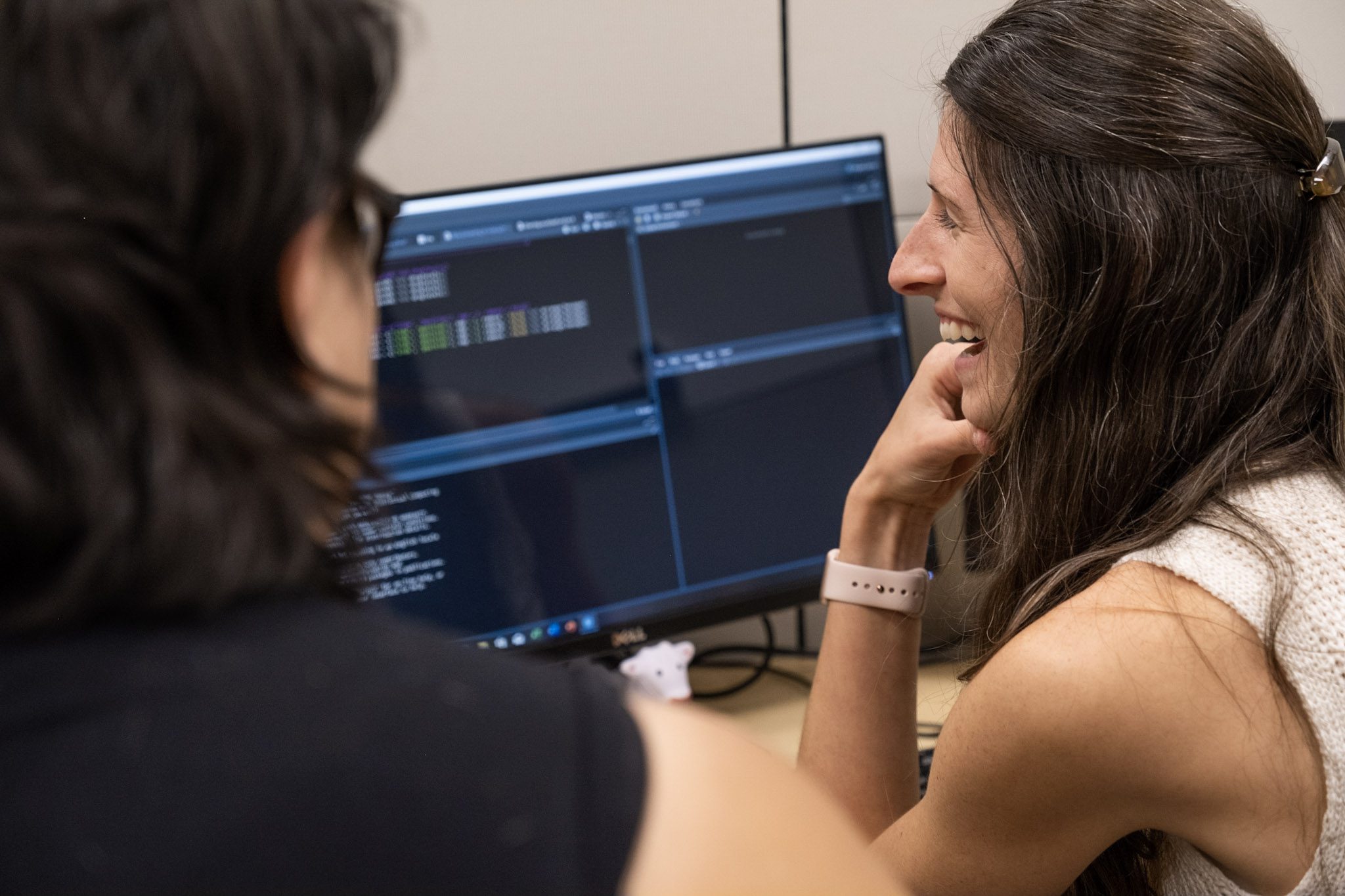

Solving Conservation Puzzles
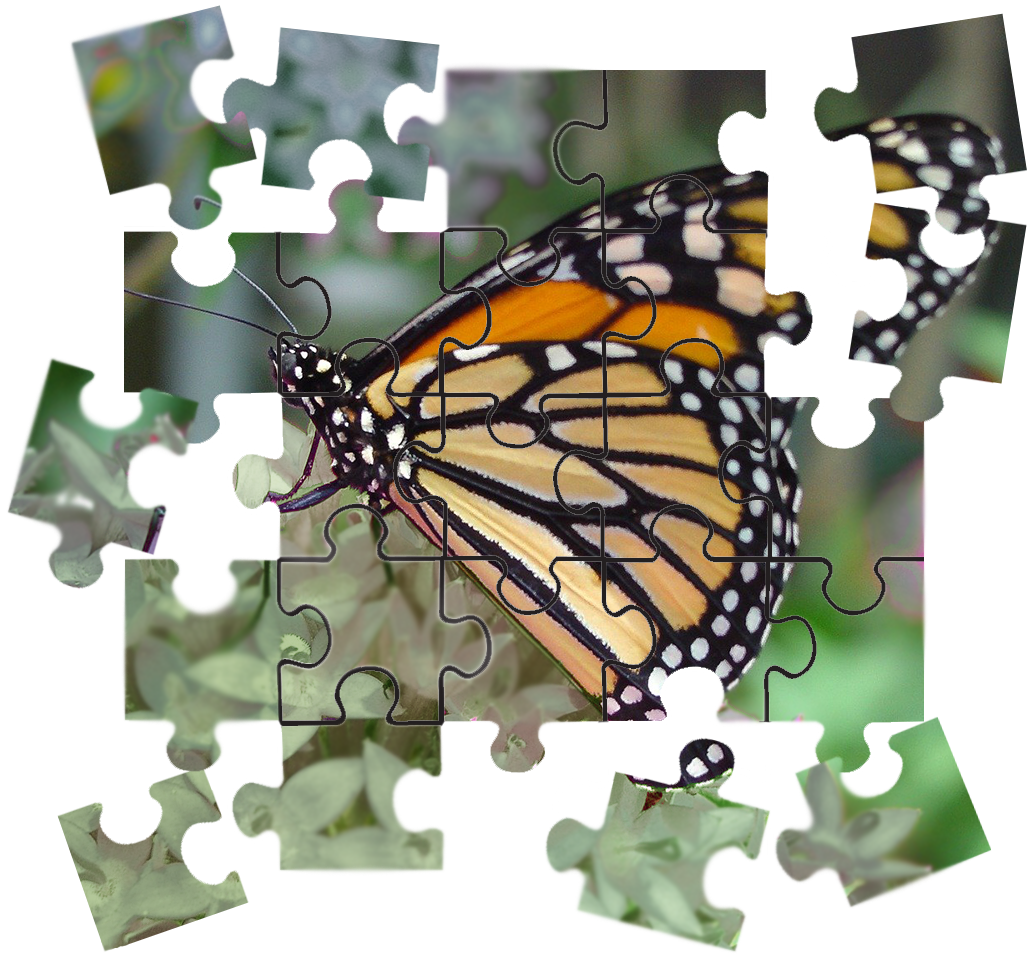
Welcome to Elise Zipkin’s Quantitative Ecology Lab
Our lab develops statistical models to unravel some of the world’s most alarming natural mysteries at the intersection of ecology, conservation biology, and the management of biodiversity. We study the status, trends and dynamics of populations and communities – insects, birds, amphibians, fish, reptiles, and mammals.
Our mission: to understand and predict how and why nature is changing, the consequences of those changes, and what, if any, action is recommended.


Research
Data Integration

We combine multiple data types to estimate species patterns across space and time relative to environmental variables.
Community Models
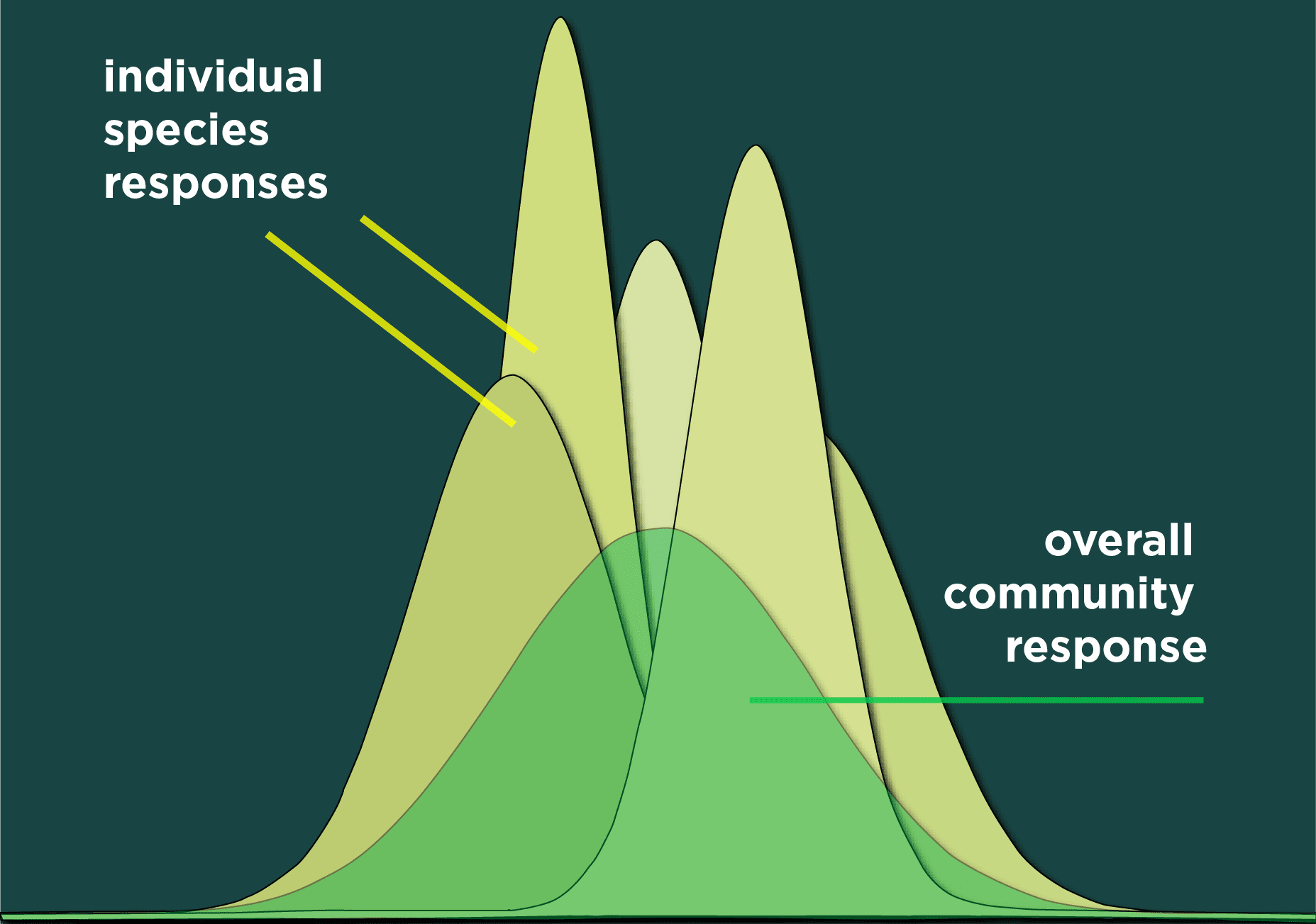
We evaluate both individual species impacts as well as critical community responses and metrics of biodiversity.
Unmarked Data Models

We develop models to estimate species abundance and biological parameters from the most widely available data types.
Active Projects
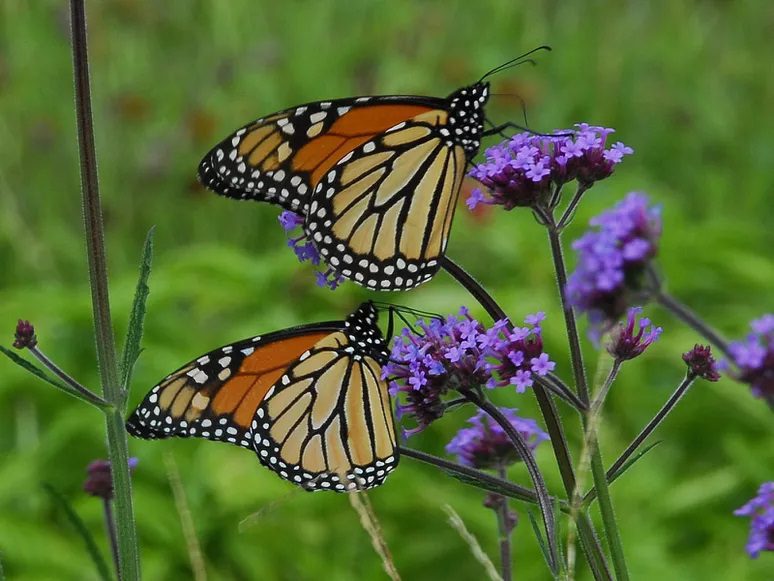
Understanding monarch butterfly trajectories
Monarchs are declining across North America. We integrate data across the monarch’s migratory life cycle to determine why they are declining and how these butterflies may fare in the future under climate change.
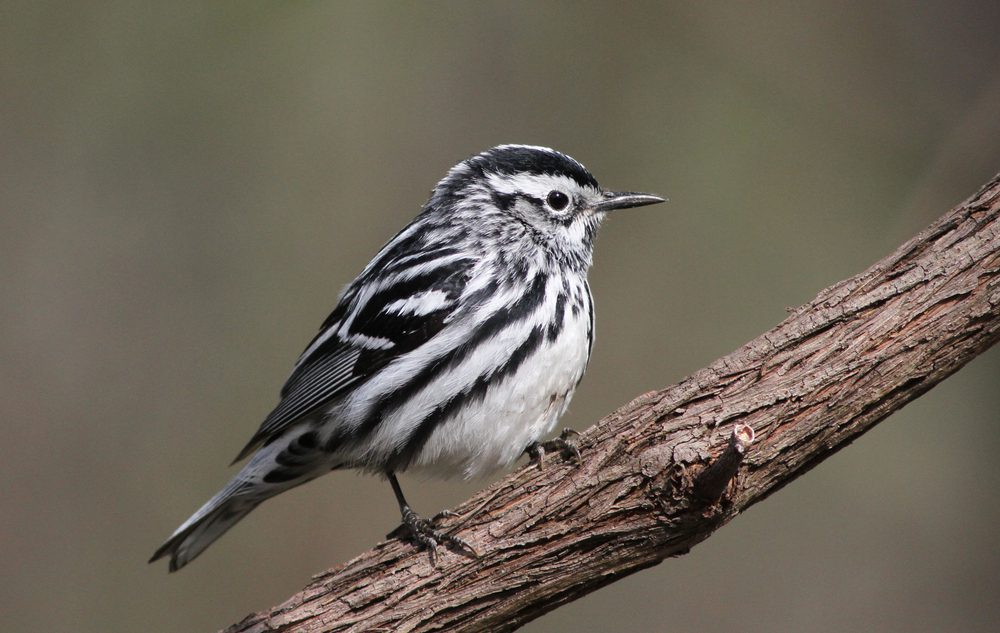
Assessing bird species and community dynamics
Even similar bird species can respond differently to climate and environmental variables. We develop models to examine both species and community responses to natural and anthropogenic stressors.
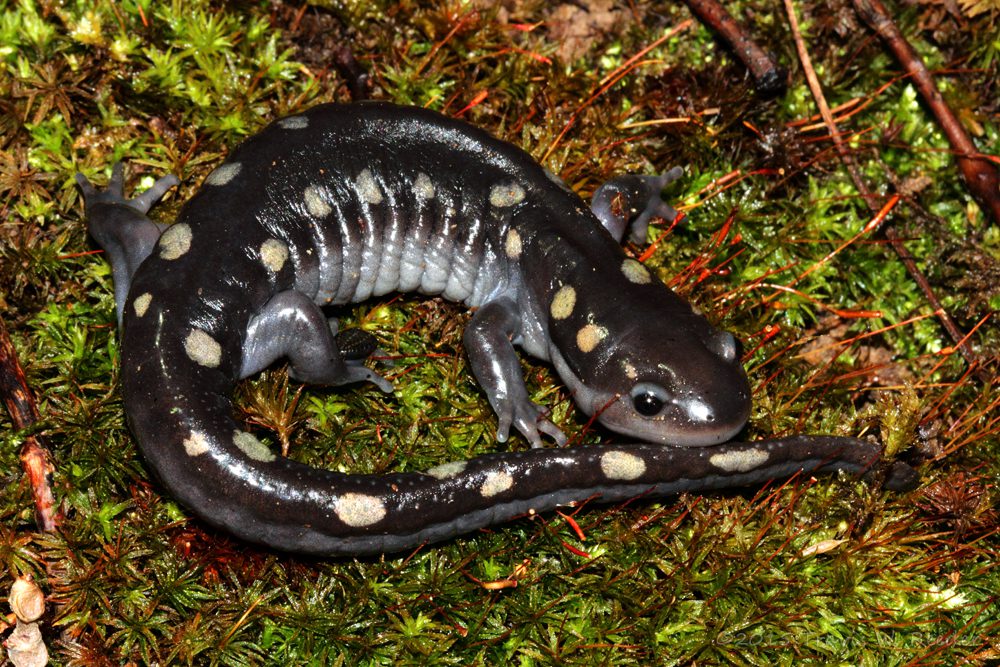
Predicting management actions on amphibians
Amphibians need specific environmental conditions to thrive. Working to understand management needs, we create models to predict how conservation actions can impact populations and communities.
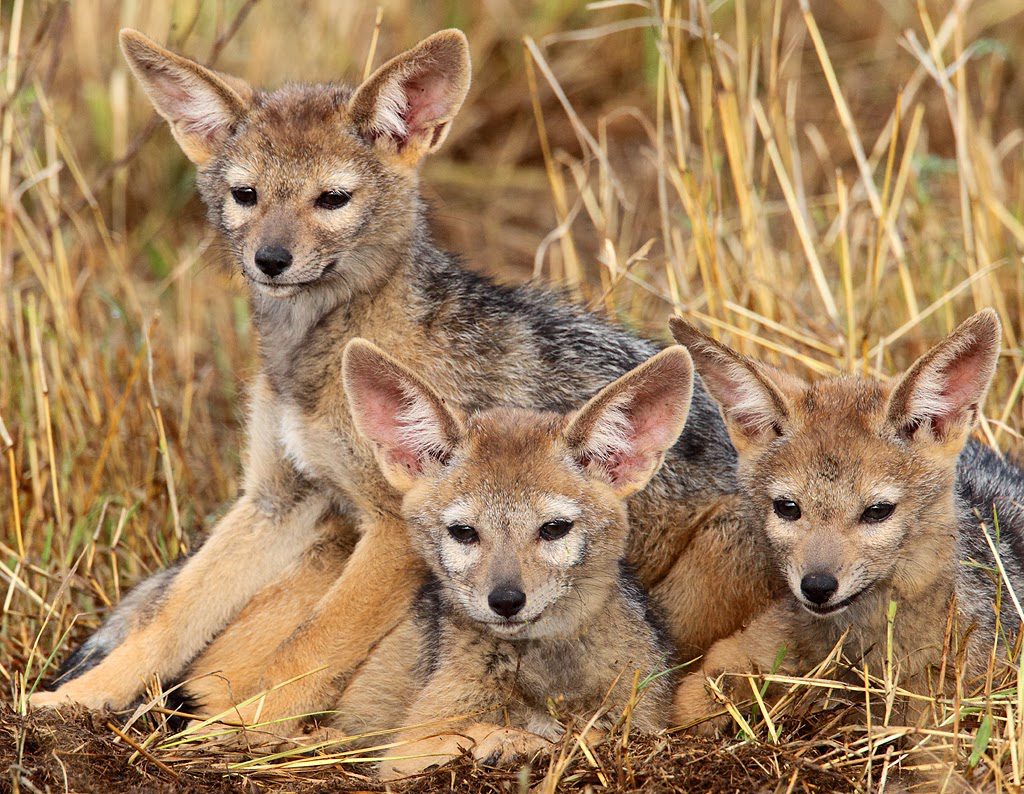
Evaluating anthropogenic stress on mammals
Mammals are sensitive to the ways in which their habitats are altered by humans. We combine multiple data sources to estimate species distributions in relation to biotic and abiotic landscape variables.
News
Join us


